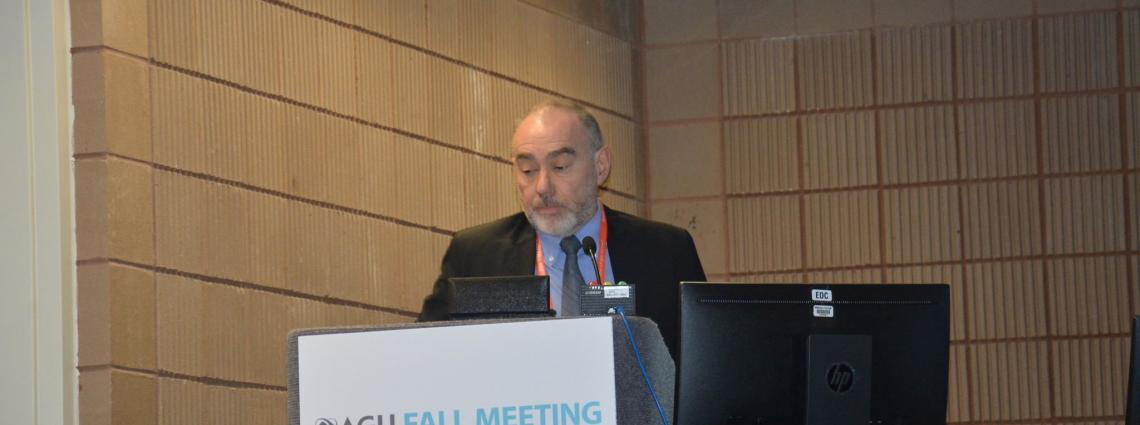Analysis of DPRK announced nuclear test and monsoon early warning among topics presented at AGU 2017
A “Late Breaking” Session on the 3 September 2017 DPRK announced nuclear test attracted around 150 participants and offered an opportunity for CTBTO to present their latest findings on the subject. Numerous researchers from around the world presented their analysis on the event, as well as subsequent seismic events in the region. Analyses of the announced nuclear test were in agreement in terms of its magnitude, explosive characteristics and interferometry analyses which strongly indicated that the test was conducted at some depth below the peak of Mt Mantap located within the Punggye-ri Test Site. Further research in determining the emplacement conditions, seismic attenuation in the region and the depth at which the test was conducted (also using infrasound observations) as a means to better estimate the yield of the event, are ongoing. There was also consensus that the event occurring 8.5 minutes after the announced test was a collapse event while subsequent events in the area are tectonic in nature with the possibility that they may have been induced. CTBTO data was at the forefront in all waveform analyses undertaken, in particular from the seismic array KSRS located in South Korea and the seismic and infrasound arrays located at Ussuriysk, Russian Federation.
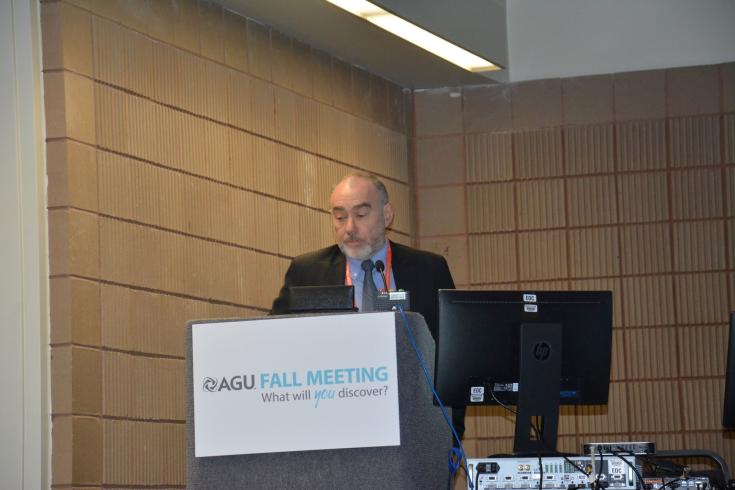
Ronan Le Bras, Software Engineer, CTBTO
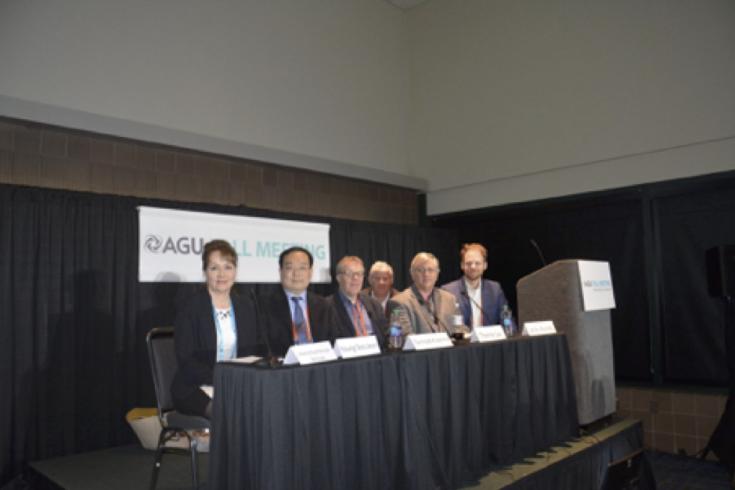
Briefing on DPRK sixth announced nuclear test

Jolanta Kusmierczyk-Michulec, Atmospheric Sciences Officer, CTBTO
Lucrezia Terzi, SCK.CEN, and Simona Bordoni, Caltech
A second session included a presentation on radionuclide analysis and Atmospheric Transport Modelling (ATM), in particular to investigate the episodes of elevated levels of radioxenon.
Other sessions that referenced CTBT data included an oral presentation about numerical calculation of two-dimensional hydroacoustic propagation on a sphere, a poster on whales using data recorded at HA04 (Crozet), and a poster on “Global atmospheric monitoring of noble gases: insight into processes from the Northern to the Southern Hemisphere” – a topic on which there is not yet much awareness and which generated interesting discussion. The sessions also offered an opportunity to present the possibilities of accessing CTBT data to scientists, for instance through the virtual Data Exploitation Centre (vDEC).
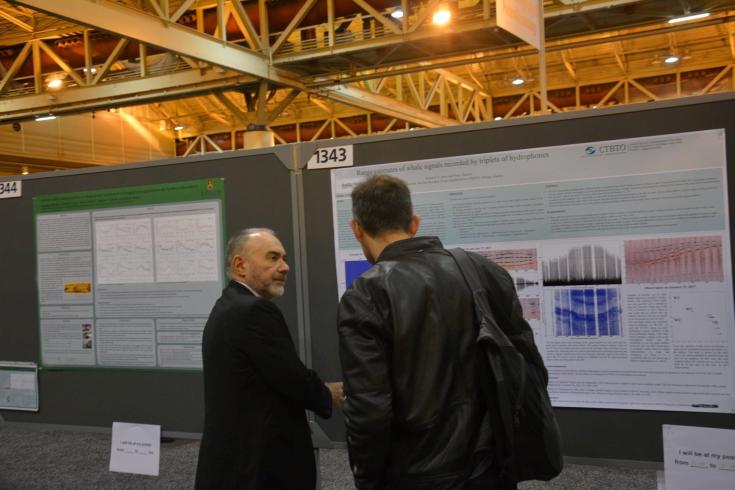
Ronan Le Bras, Software Engineer, CTBTO
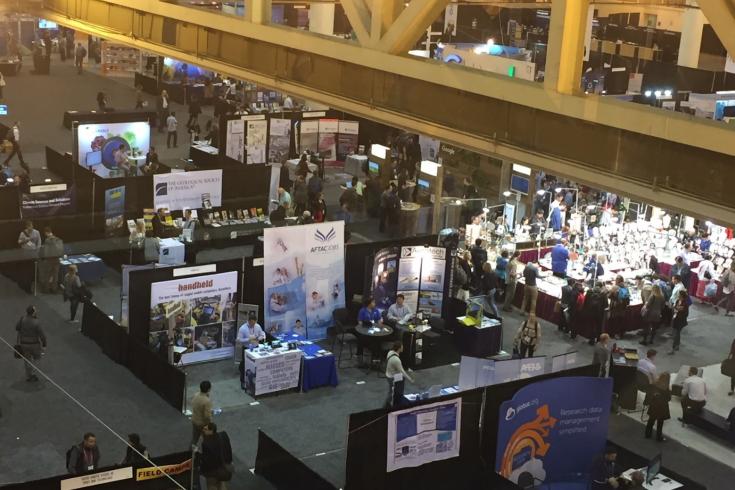
AGU2017 fall meeting
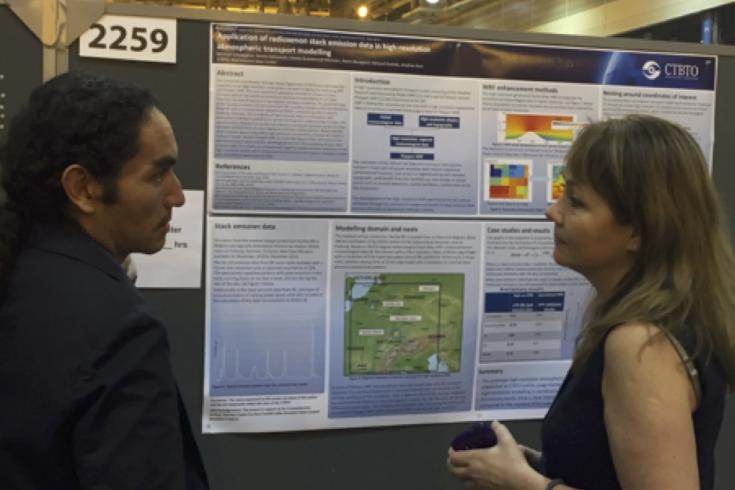
Jolanta Kusmierczyk-Michulec, Atmospheric Sciences Officer, CTBTO
Regular exchange by CTBTO with the wider scientific community ensures that the most up-to-date methods and applications are used in fulfilling the Organization’s mandate, as well as raising awareness of the wide range of applications of IMS data – from detecting nuclear tests to monitoring climate, tsunami early warning, volcano activity, and much more.
David Jepsen, Coordinator, International Monitoring System Division, CTBTO
22 Dec 2017
